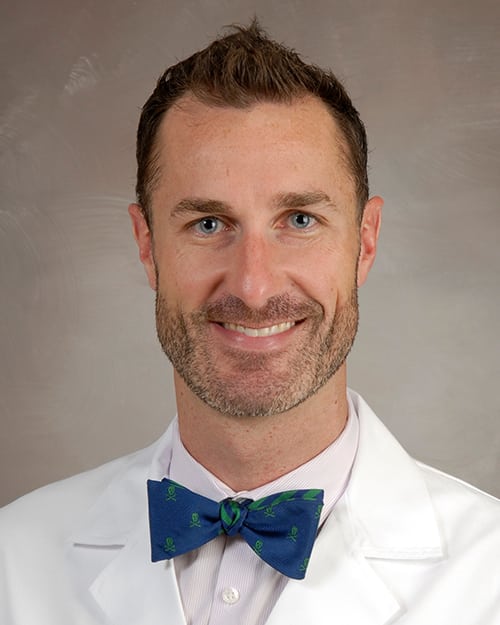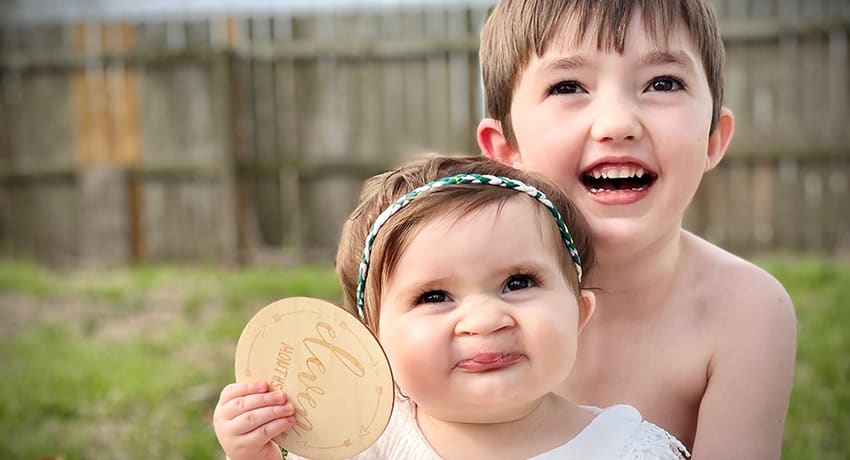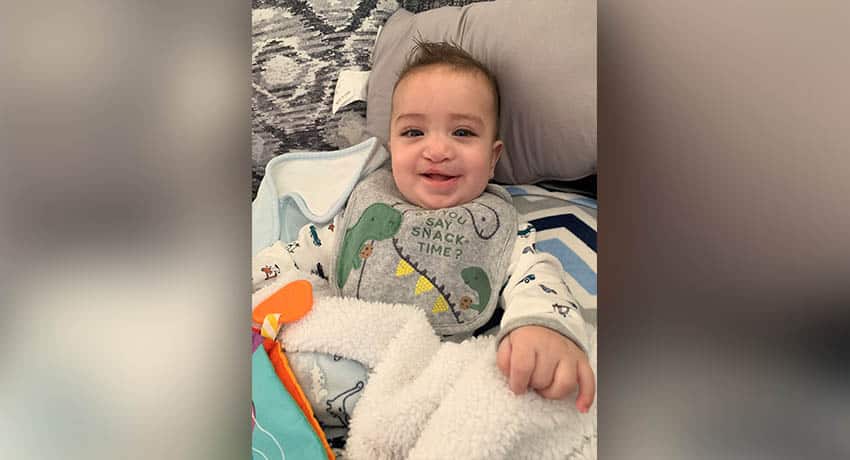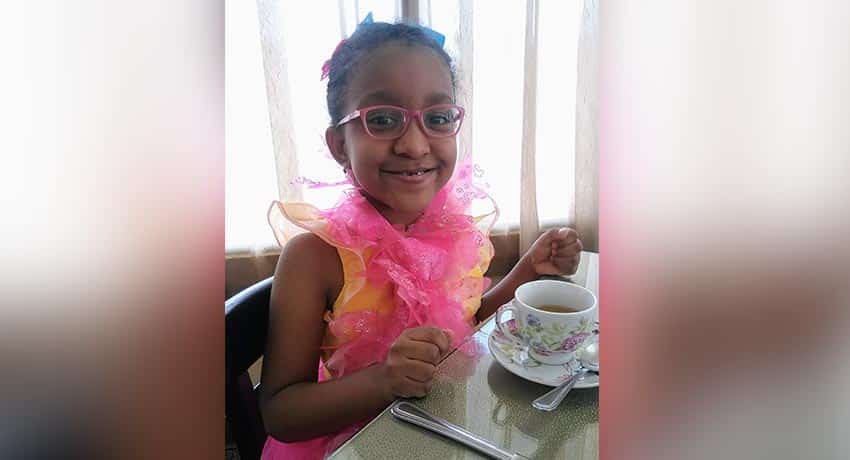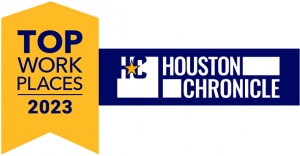Comprehensive Cleft and Craniofacial Care
The Texas Cleft-Craniofacial Team offers a coordinated, multidisciplinary approach for patients with cleft and craniofacial conditions.
Utilizing the latest advancements in surgical care, our physicians specialize in compassionate, personalized, and comprehensive treatment plans. We offer a team approach that provides the patient and their family complete care guided by standards set by the American Cleft Palate-Craniofacial Association (ACPA).
How we can help
Cleft and craniofacial conditions can be diagnosed both prior to and following birth. Treatment options are tailored to each individual based on the diagnosis and complexity of the condition. We coordinate care for our patients and their families, so they are able to visit with multiple physicians in one visit. This can include experts who specialize in dentistry, orthodontics, ear, nose, and throat, genetics, speech pathology, and plastic surgery.
Contact Us
6410 Fannin Street, Suite 950
Houston, TX 77030
Conditions we treat:
- Accessory nipple
- Amniotic band syndrome
- Apert syndrome
- Asymmetry of breast
- Beckwith-Wiedemann syndrome
- Binder syndrome
- Brachial plexus and peripheral nerve injuries
- Burns
- Carpenter syndrome
- Cleft lip and palate
- Complex hand injuries involving tendons and nerves
- Complex wounds
- Congenital breast deformities
- Congenital ear deformity (constricted/lop/cup ears/cryptotia)
- Congenital facial abnormalities
- Congenital nevus
- Craniosynostosis
- Crouzon syndrome
- Cutis aplasia
- Dermoid cyst
- Distraction osteogenesis
- Ear injury and split earlobes
- Encephalocele
- Facial asymmetry
- Facial cleft
- Facial palsy
- Facial trauma
- Fetal cleft lip and palate
- Fibrous dysplasia
- Frontonasal dysplasia
- Ganglion cyst
- Granuloma
- Gynecomastia
- Hand infections
- Hemangioma
- Hemifacial microsomia/Goldenhar syndrome
- Jaw deformities (orthognathic surgery)
- Keloids
- Lacerations
- Lymphatic malformations
- Macromastia (breast reduction)
- Micrognathia
- Microtia
- Moebius syndrome
- Muenke syndrome
- Nager syndrome
- Nasal deformities
- Neurofibroma
- Opitz syndrome
- Orbital hypertelorism
- Parry-Romberg syndrome
- Pediatric cleft lip and palate
- Pfeiffer syndrome
- Pierre-Robin sequence
- Pilomatrixoma
- Poland syndrome
- Polydactyly
- Port wine stains
- Positional plagiocephaly
- Position-induced head shape abnormalities
- Prominent ears
- Saethre-Chotzen syndrome
- Sebaceous cyst
- Skin tag
- Stickler syndrome
- Syndactyly
- Thumb duplication
- Thumb hypoplasia
- Torticollis
- Traumatic hand injuries
- Treacher Collins syndrome
- Trigger finger
- Tumors
- Van der Woude syndrome
- Vascular Malformation
- Velopharyngeal insufficiency
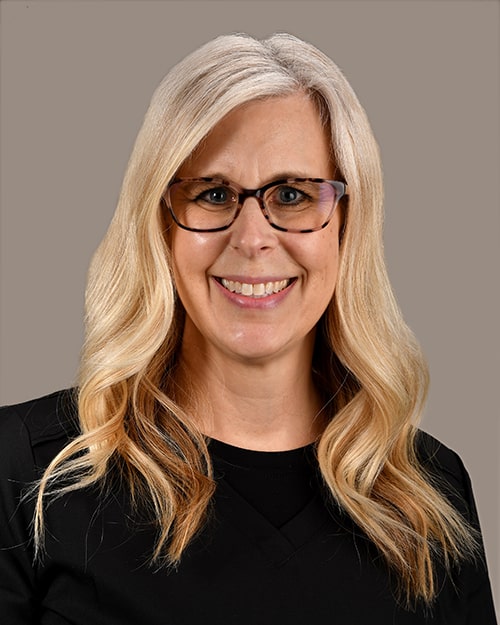
Stephanie J. White, MA, CCC/SLP
TX Cleft/CF Team Coordinator
News
Lasting a total of six days, this mission trip help provide children with cleft lip or palate much needed medical interventions.
UT Physicians and UTHealth doctors put on a concert in honor of Cleft & Craniofacial Awareness Month.
A fun-filled day was planned for children with facial differences as part of Cleft and Craniofacial Awareness Month.
Previous
Next
In the Media
Patient Stories
Both on their own cleft journey, Jax and Zoey Freking are all smiles thanks to the expert care of the Texas Cleft-Craniofacial Team at UT Physicians.
Uyen and Michael Fausto turned to the Texas Cleft-Craniofacial Team for compassionate and expert care after learning their son would be born with a cleft lip and palate.
Jose Macias Jr. is all smiles after the Texas Cleft-Craniofacial team at UT Physicians helped to correct his cleft lip.
Megan Harvey, an outgoing 6-year-old, has a beautiful new smile thanks to the Texas Cleft-Craniofacial Team at UT Physicians.
In this update, we catch up with Forrest Tweed after his cleft lip repair surgery. While his story isn’t over yet, read how far he has come.
After learning Forrest would be born with a cleft lip, Erin and Kyle assemble a team of experts to help them with their upcoming medical journey.
Three years later, a toddler shares his smile with the world following help from the UT Physicians pediatric surgery team.
Previous
Next


